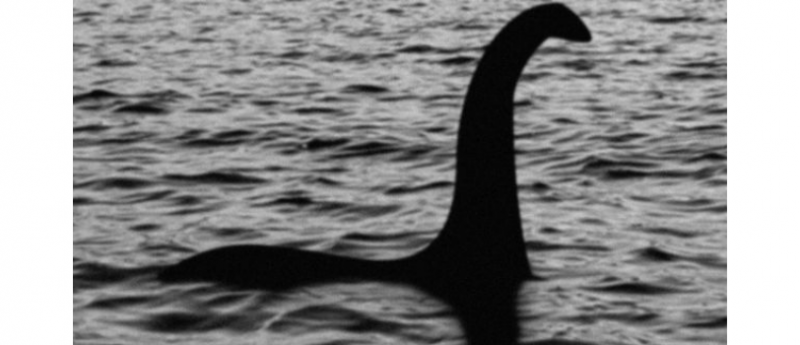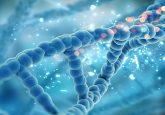Monster-hunting scientists could have solved the legend of Loch Ness

Following analysis of over 500 million environmental DNA sequences, researchers have identified one plausible theory for the Loch Ness Monster.
With its first reported sighting in 565 AD, the Loch Ness Monster, more affectionately known as Nessie, has been a key part of Scottish folklore and legend for thousands of years. The mystery of what lies below the dark waters of the loch has captivated locals and visitors alike and has led to a thriving tourist industry with over 400,000 people visiting Loch Ness (Highland, UK) every year, hoping to catch a glimpse of the elusive creature.
According to the Official Loch Ness Monster Sightings Register, there have been 1131 sightings of Nessie to date; however, it doesn’t take much for something to be classed as a sighting. Ranging from disturbances on the surface of the water to a “solid dark shape”, Nessie-hunters are all too keen to class anything potentially unexplainable as a sighting of the so-called monster.
Over the years many skeptics have raised alternative explanations for what could be causing these sightings. From the sublime – just a big log – to the ridiculous – a parade of elephants taking a swim [1] – these cynics are keen to dispel the myth of Nessie.
Results from the latest Nessie-hunt, led by Neil Gemmell from the University of Otago (Dunedin, New Zealand), have discounted many major theories but one remains plausible. Following analysis of over 500 million DNA sequences taken from samples of water from the loch, it can be ruled out that Nessie is any type of reptile or a giant fish. However, the idea that Nessie is a giant eel remains in question: “Is it possible what people are seeing is a giant eel? Well, maybe,” commented Gemmell.
- Can modern DNA sequencing solve history’s greatest murder mystery?
- Sequencing DNA in space
- The forgotten pioneer of DNA sequencing
Presenting the results of a year-long investigation at a press conference in Drumnadrochit, a village on the shore of the loch, Gemmell explained that, “there’s no shark DNA in Loch Ness based on our sampling. There is also no catfish DNA in Loch Ness based on our sampling. We can’t find any evidence of sturgeon either. There is a very significant amount of eel DNA. Eels are very plentiful in Loch Ness, with eel DNA found at pretty much every location sampled – there are a lot of them.”
“Well, our data doesn’t reveal their size, but the sheer quantity of the material says that we can’t discount the possibility that there may be giant eels in Loch Ness. Therefore, we can’t discount the possibility that what people see and believe is the Loch Ness Monster might be a giant eel,” he added [3].
In addition to their Nessie data, the team also found high levels of DNA from land-based species in the loch, including various types of both wild and farm animals. “These findings indicate environmental DNA surveys of major waterways may be useful for rapidly surveying biological diversity at a regional level,” Gemmell noted.
The full results of the study are due to be published later this month, alongside a documentary about the hunt for Nessie’s DNA.
Luckily, if she were ever to be found, Scottish Natural Heritage (Inverness, UK) have prepared a code of practice for the discovery of a new species. It stipulates that scientists would take a DNA sample from the creature and then release it back into the loch as a protected species [4].





